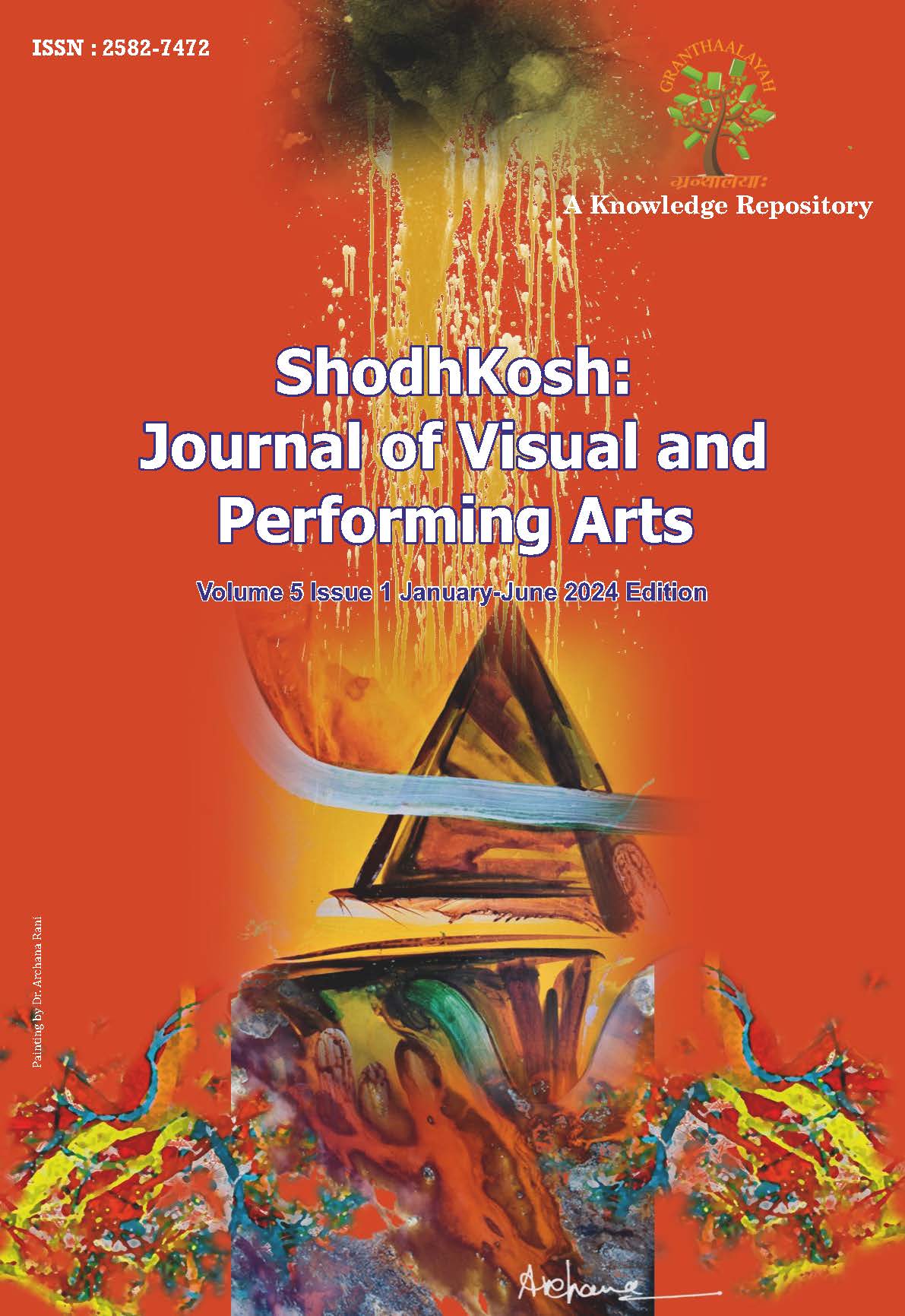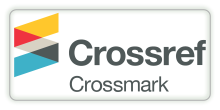DESIGNING ADAPTIVE CLOTHING FOR DIFFERENTLY ABLED CHILDREN USING WHEELCHAIR
DOI:
https://doi.org/10.29121/shodhkosh.v5.i1.2024.862Keywords:
Adaptive Clothing, Differently Abled, Locomotor Disability, Water- ResistantAbstract [English]
Adaptive clothing is made for patients who struggle to wear and remove off clothing because of disabilities or restricted mobility. This adaptation still accommodates their difficulties while allowing persons with disabilities to dress like their counterparts. It was discovered that the wearer's freedom and independence were increased by this type of adaptable clothes. As the wearer's sense of autonomy and control over their body develops, they are better able to participate fully in their community. This kind of adaptable clothing design increases psychological comfort in addition to physiological comfort by improving the wearer's self-confidence. This study's main objective was to acquire qualitative data regarding the clothing needs of kids with impairments. An open-ended interview schedule with boys of 10-15years of age group and their care takers was used. Data was gathered addressing the physical effects of the handicapping condition that relate to clothes and dressing, the ways of procuring clothing, dressing considerations, clothing needs, and clothing issues that may arise when a support device is employed. A restricted physical movement was observed in every case, and the wheelchair was the most common support equipment. After analyzing the problem area for putting and taking off clothes, the adaptive garments were designed. The designed garments were ranked by the experts from designing field. The collection was found to be highly appropriate. The top ranked design was constructed for final wear trial. It has been discovered that wearing this type of adaptable apparel increases the wearer's freedom and independence. Adaptive clothing increases the wearer’s sense of autonomy and control over their body means that they can more meaningfully participate in their community.
References
Antonela, C., Viorica, C., Laura, M., & Poboroniuc, M. S. (2014). Designing Functional Clothes for Persons with Locomotor Disabilities. Autex Research Journal, (11). http://dx.doi.org/10.2478/aut-2014-0028 DOI: https://doi.org/10.2478/aut-2014-0028
Ayachit, S., & Thakur, M. (2017). Functional Clothing for the Differently Abled. Indian Journal of Public Health Research & Development, 4(8), 904-913. https://doi.org/10.5958/0976-5506.2017.00449.1 DOI: https://doi.org/10.5958/0976-5506.2017.00449.1
Hall, M. L., & Lobo, M. A. (2018). Design and Development of the First Exoskeletal Garment to Enhance Arm Mobility for Children with Movement Impairments. Assistive Technology, 30(5), 251-258. https://doi.org/10.1080/10400435.2017.1320690 DOI: https://doi.org/10.1080/10400435.2017.1320690
Jemtå, L., Fugl-Meyer, K. S., Öberg, K., & Dahl, M. (2009). Self-Esteem in Children and Adolescents with Mobility Impairment: Impact on Well-Being and Coping Strategies. Acta Paediatrica, 98(3), 567-572. https://doi.org/10.1111/j.1651-2227.2008.01081.x DOI: https://doi.org/10.1111/j.1651-2227.2008.01081.x
Kabel, A., McBee-Black, K., & Dimka, J. (2016). Apparel-Related Participation Barriers: Ability, Adaptation and Engagement. Disability and Rehabilitation, 38(22), 2184-2192. https://doi.org/10.3109/09638288.2015.1123309 DOI: https://doi.org/10.3109/09638288.2015.1123309
Pargai, D., Gahlot, M., & Rani, A. (2015). Designing and Construction of Functional Clothing for a Child with Disability: A Step Towards the Social Responsibility. The International Journal of Social Sciences and Humanities Invention, 2(9), 1534-1541. DOI: https://doi.org/10.18535/ijsshi/v2i9.02
Poonia, N. (2020). Adaptive Clothing for Disabled People. International Journal of Home Science, 6(2), 238-241.
Rutledge, B. (2017). Autoethnographic Study in the Process of Applied Design: Creating Adaptive Clothing for a Child with Spinal Muscular Atrophy. Thesis, Georgia State University, 1-63.
Sharma, A. (2020). Innovation of New Adaptive Functional Clothing for Muscular Dystrophy. Pal Arch's Journal of Archeology of Egypt /Egyptology, 17(9), 5810-5825.
Shen, P., V., K., & S.R., A. (2022). A Study on Comfort Related Properties of Adaptive Clothing. Indian Journal of Fiber & Textile Research, (36), 327-335.
Tukhbatullina, L. M., Safina, L. A., & Vildanova, A. I. (2019). Development of Adaptive Clothing for People with Disabilities. Fundamental and Applied Problems of Materials Creation and Phases of Technologies for Textile Industry, 117-124. https://doi.org/10.32743/fun.app.probl.2021.117-124 DOI: https://doi.org/10.32743/fun.app.probl.2021.117-124
Tuteja, S., & Nigam, V. (2017). Functional Clothing for Individuals with Special Needs. International Journal of Research, 4(7), 963.
UNICEF (2022). Children with Disabilities. Retrieved 2022, Dec 4. UNICEF (2021), Seen, Counted, Included: Using Data to Shed Light on the Well-Being of Children with Disabilities.
Published
How to Cite
Issue
Section
License
Copyright (c) 2024 Sharina Mahajan, Dr. Deepti Pargai, Krishma

This work is licensed under a Creative Commons Attribution 4.0 International License.
With the licence CC-BY, authors retain the copyright, allowing anyone to download, reuse, re-print, modify, distribute, and/or copy their contribution. The work must be properly attributed to its author.
It is not necessary to ask for further permission from the author or journal board.
This journal provides immediate open access to its content on the principle that making research freely available to the public supports a greater global exchange of knowledge.































